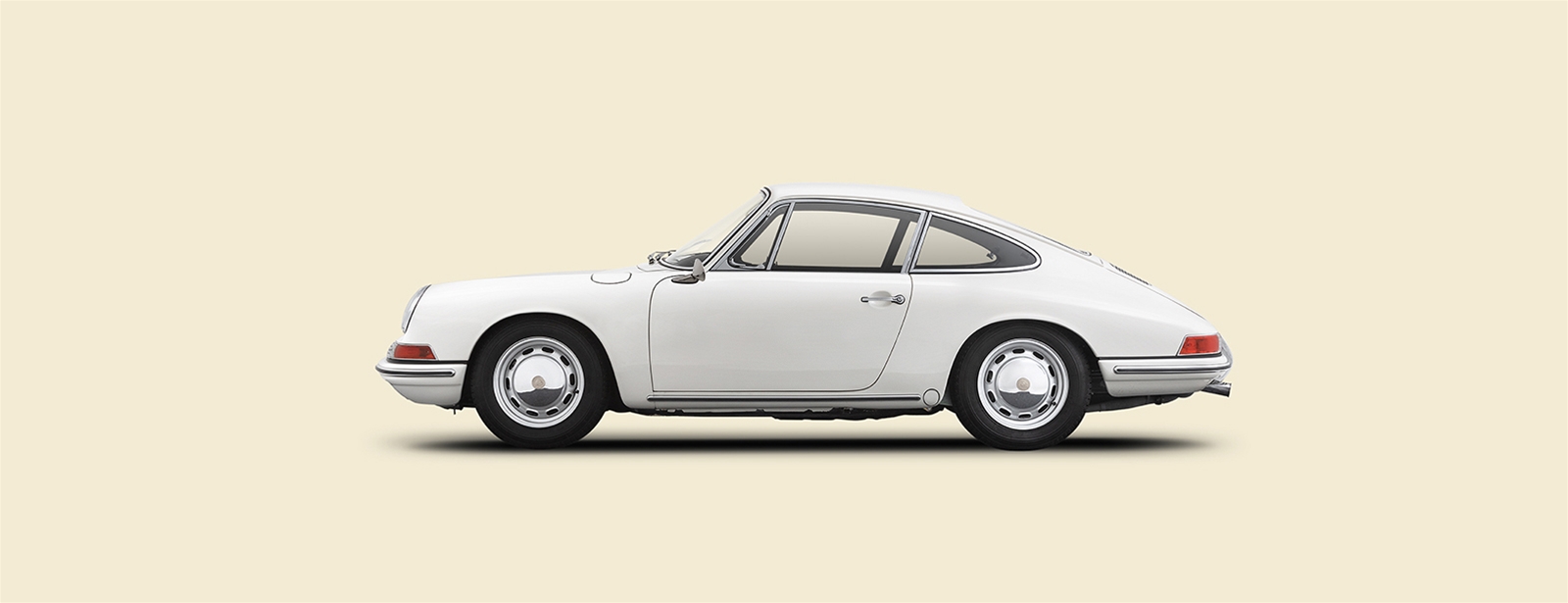Porsche 911/901 Register - 1964
Specifications
| Model: | Porsche 901 |
| VIN number: | 300057 |
| Type: | 911 |
| Year: | 1964-11 |
| Country: | Germany |
| Country (current): | Germany |
| Color (original): | Signal Red |
| Color (current): | Signal Red |
| Drive position: | Left Hand Drive |
| State of car: | Restored |
| Condition of car: | In very good conditon |
| HP: | 130 |
| Extra options: | text Porsche AG
It was on this day that Alexander Klein, Manager Classic Car Collection at the Porsche Museum, received an enquiry from German television station RTL2. He was told that a couple of “barn finds” had been uncovered in the form of two old 911 vehicles. A team filming a docu-soap had found them while salvaging a long-abandoned collection. When they mentioned the number 300 057 in their description of the vehicle, “the penny dropped”, says Alexander Klein. This is the chassis number of one of the first 911 vehicles ever produced, built in autumn 1964 as a Porsche 901. Eleven days later, two experts from the Porsche Museum went to a former farm in Brandenburg to inspect the two vehicles. They first encountered a gold-coloured 911 L from 1968 in a very poor state of repair. At the very back of the barn, for the most part still covered by a thick layer of dust, the two visitors from Zuffenhausen found the remains of a red 911. Both of its front wings were missing and large sections of the vehicle had already been eaten away by rust. Save for the instrument panel, most of the interior consisted of mere fragments. The brakes were seized, and so was the engine. But the chassis number was pristine, and it proved beyond all doubt that the vehicle was an original. One of the museum team’s long-cherished dreams was finally within reach: To have in its collection a 911 from 1964.
The inventory carried out by the two experts revealed that a great deal of work needed to be done to the historically significant 911, henceforth known by the nickname “Number 57”. The engine and transmission were not the original units installed but were of an identical type. Many components were very heavily corroded and unusable. Other parts – such as the inner and outer sills on the right-hand side, as well as the front bumper and its mountings – were missing completely. Things didn’t look much better in the chassis area. All the axle and axle guide mountings on the front and rear axles had been severely affected by pitting corrosion. The two longitudinal beams in the area of the rear axle cross tube had rusted away completely. And these were just a few examples. Nevertheless, the classic vehicle contained a number of details that delighted Kuno Werner, Head of Museum Workshop: “Many of the features only included in the very first models have been preserved in the car”. One example is the leather sleeve around the shift lever, which was only installed in this form during the 901 era. The experienced museum experts were also presented with a number of puzzles during their investigations. For instance, it was only after extensive research that the two square pipes under the seat adjustment system could be identified as a seat raising mechanism that was available from the factory on request. The seats themselves have a history of their own. The Number 57 and the 911 L arrived in Zuffenhausen together with two pallet cages full of parts. In amongst this mish-mash of things were two 911 seats. It had been assumed that they belonged to the Number 57, but the backrests had five “pipes”, which was the name given to the vertically stitched subdivisions of the seat cushion. The first 911 vehicles had seats with six pipes. And the museum experts were surprised to find that the six-pipe seats were fitted in the gold-coloured model from 1968, which Porsche had bought at the same time in Brandenburg. Everything must go: Restoration beginsAs usual, the restoration of the Number 57 started by completely disassembling the vehicle. This was done gently and with great care. Even if it proved impossible to save a particular component, there was still a chance that it could serve an important function as a sample part. The individual parts of the early 911 were then sent to a network of specialists at Porsche Classic and suppliers, as well as body engineers, saddlers and upholsterers.The remaining torso was put into a chemical bath for derusting and paint removal. This procedure is much gentler than mechanical processes that use blasting materials. The surfaces that were uncovered were in exactly the same condition as when they were sealed over 50 years ago. “You can see exactly where any modifications have been made”, explains Kuno Werner. Discolouration in the metal indicates that it has been welded or that grinding machines have been used. If blasting is carried out, however, these traces may disappear because the blasting materials alter the surface. This is particularly important in the area of the chassis number, which is stamped onto a cross plate above the tank. The Number 57 was the original – entirely untouched. Kuno Werner also identified the grinding marks in the roof as authentic: “Our colleagues back then must have needed to do some reworking”, he adds with a smile. His initial assessment was better than expected. Before diving into the vehicle, the experts had assumed that over 50% of the body had been destroyed. It now turned out that over half of the sheet metal was worth preserving. Twelve months of craftsmanship for the shellThe parts that needed to be replaced were supplied by the bodyshell of a 911 vehicle from 1965. This guaranteed that the composition, characteristics and quality of the sheet metal and steel would be as authentic as possible. The body engineers took the “donor” vehicle apart into its individual components. For example, the restoration workers drilled a small triangular piece of sheet metal out of the rear, welding point by welding point, and transplanted it into the body of the Number 57. The longitudinal beams were also replaced, as were all of the vertical, interior and exterior panels in the side skirts. And there was a surprise inside: Unlike in the later 911 vehicles, the heating pipes passed underneath the rear axle tube rather than over it. So while the heating pipes in the body of the other vehicle were accommodated in the sills, the supply lines were built from scratch at the relevant point. This was one of the few components that needed to be recreated from old sheet metal. New vertical plates, the front wings and front end of the later 911 body completed the reconstruction of the front. The body engineers moulded and welded the steel and sheet metal for around 12 months. Piece by piece, the torso of the Number 57 was restored to its original condition. Then came the precision grinding stage, which involved mounting the glazing, bumpers, door handles, antenna, headlights and trims, as well as all add-on parts from Porsche Classic, on the unpainted body. By doing so, the experts ensured that the clearances in the body all matched up, as well as the distances and symmetries of the bumpers and overriders, panels and grilles. Even very small deviations were reworked or adjusted with bodywork tin.
|
| Former owner: | , |
| Registration date: | 1/1/2018 |
| Modification date: | 9/27/2020 12:38:10 PM |
Gallery
1. frontside | 2. side view | 3. rearside | 4. front view | 5. rear view | 6. interior | 7. dashboard | 8. engine | 9. car-in-action


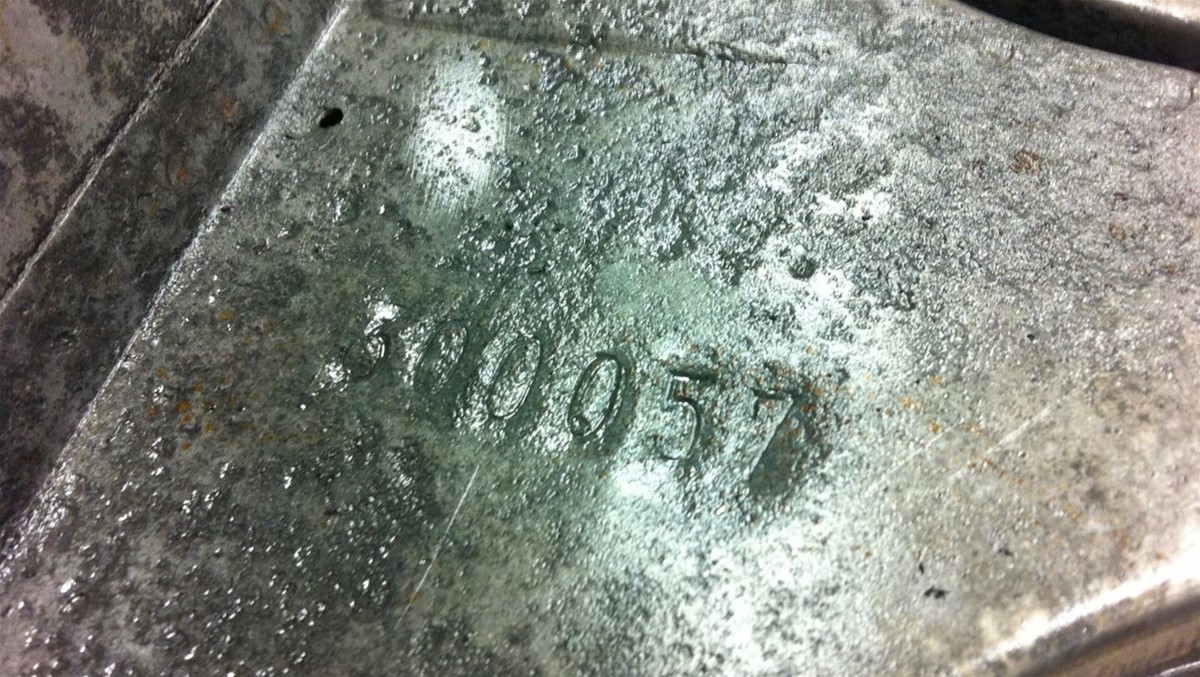
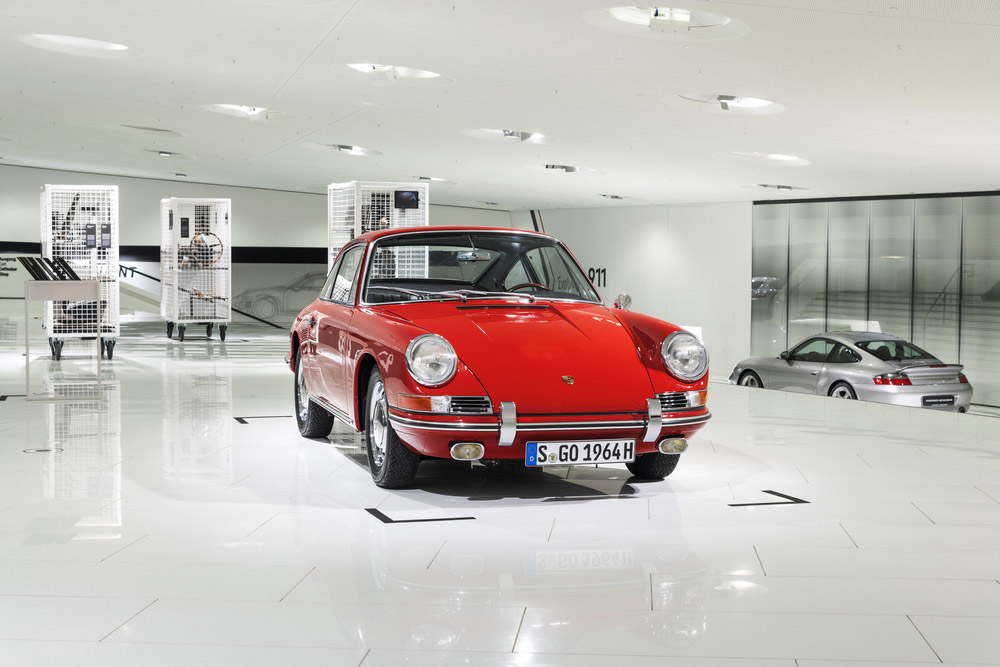
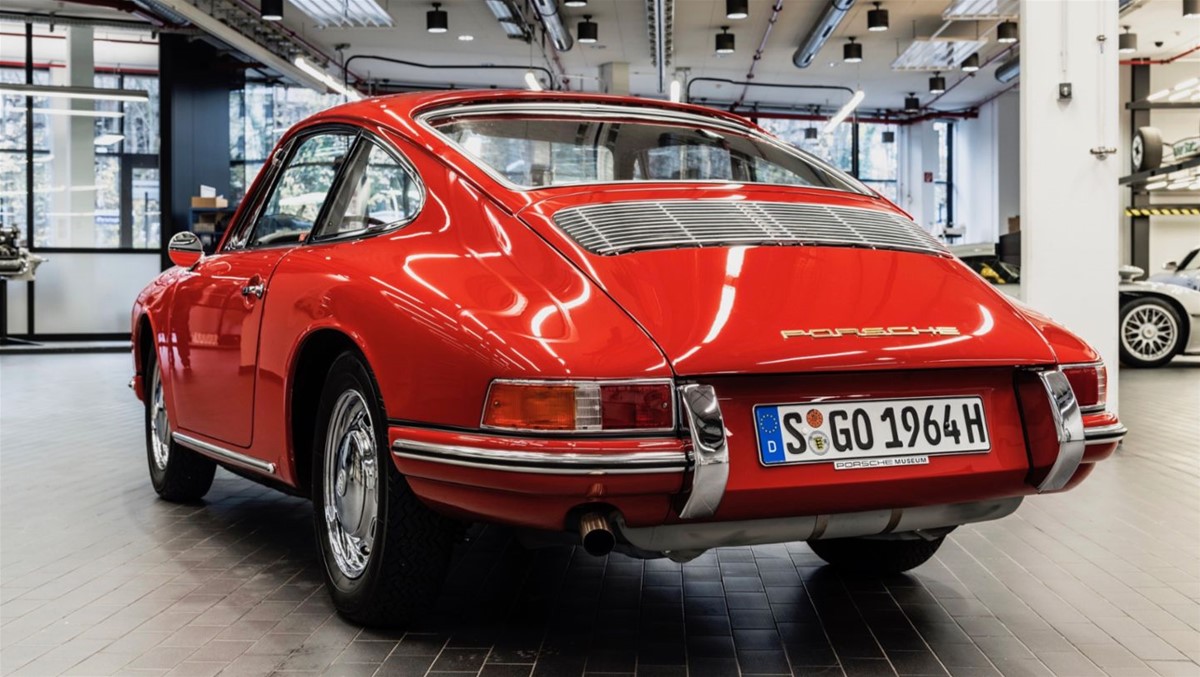

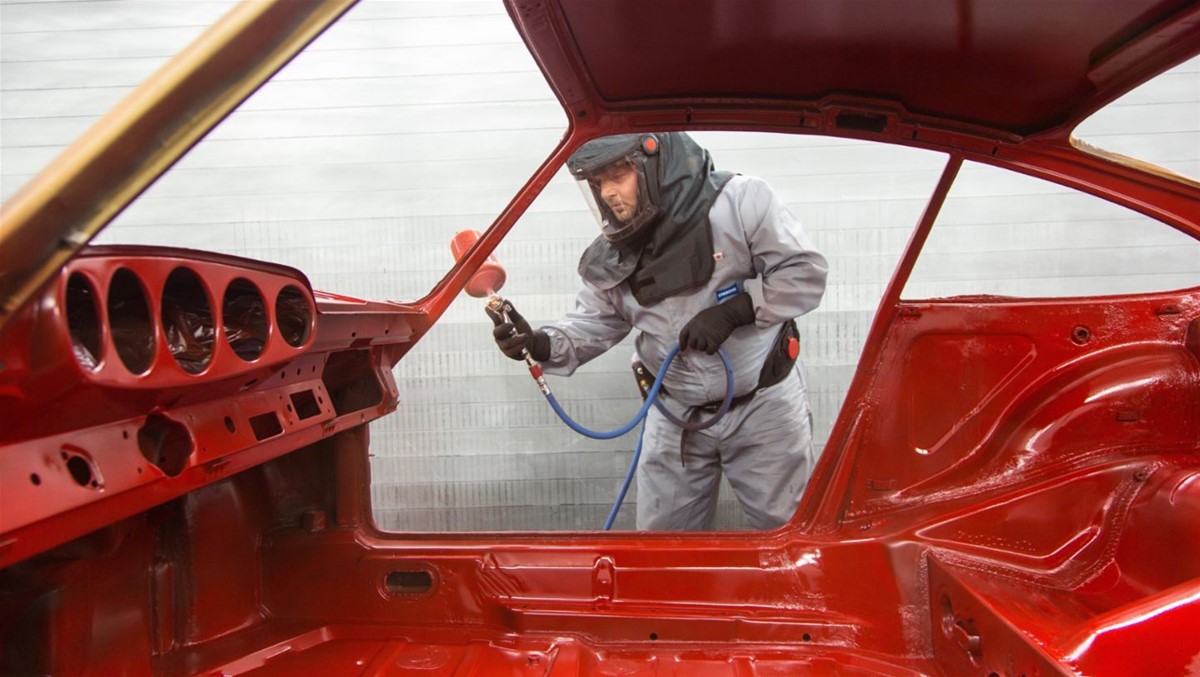

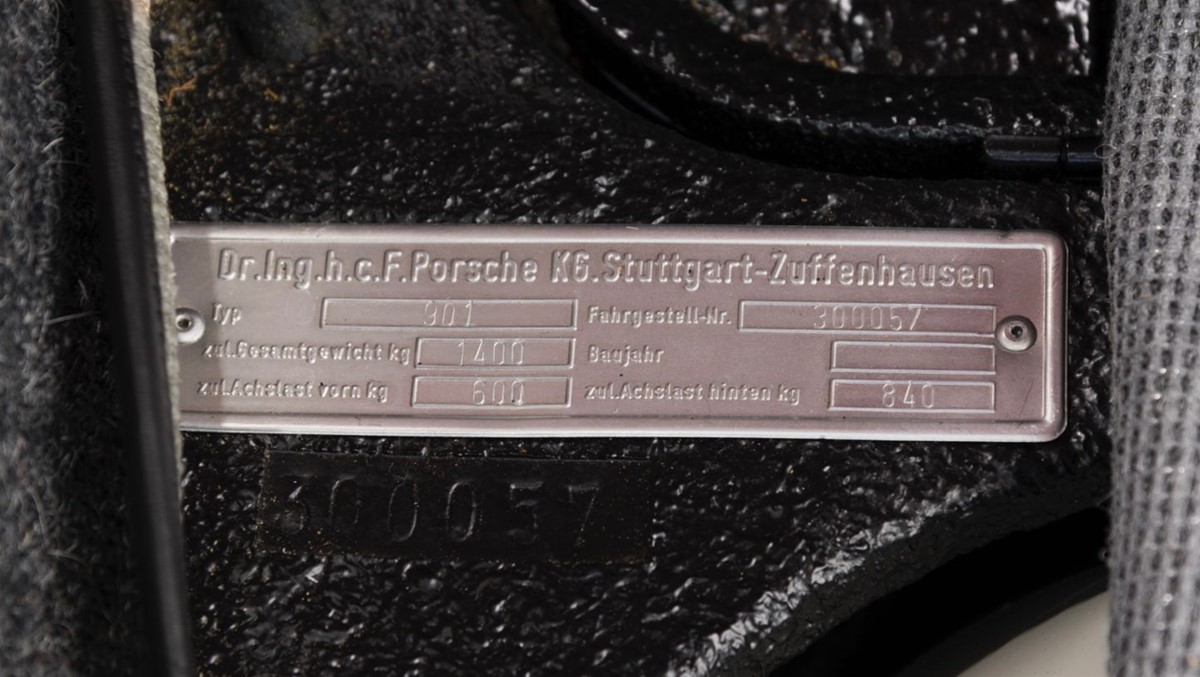


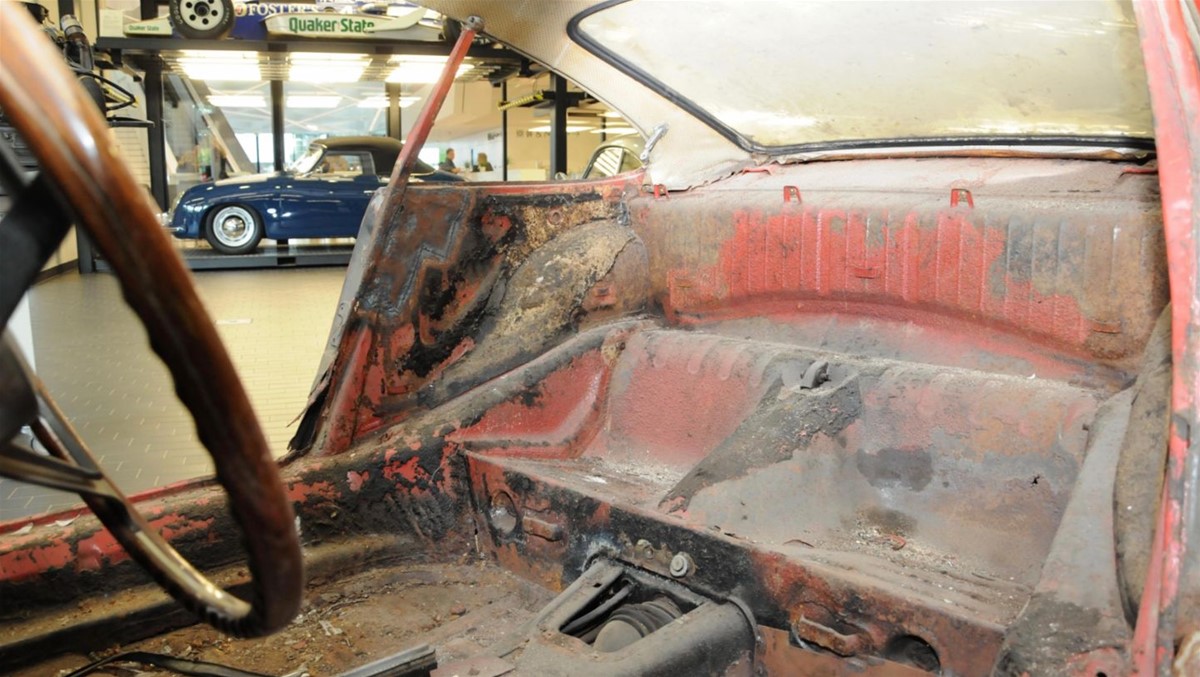
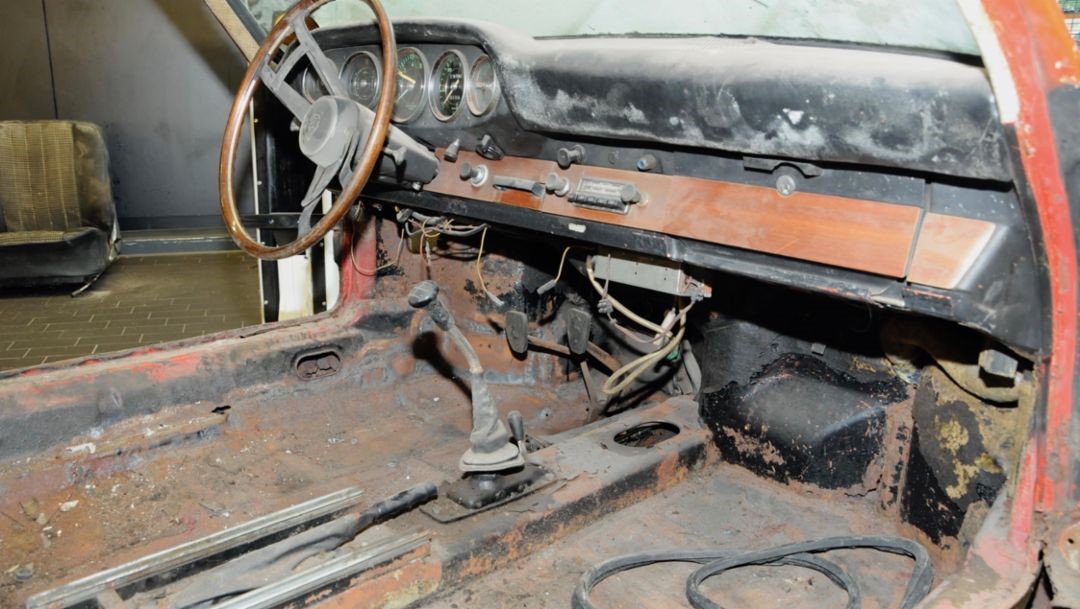

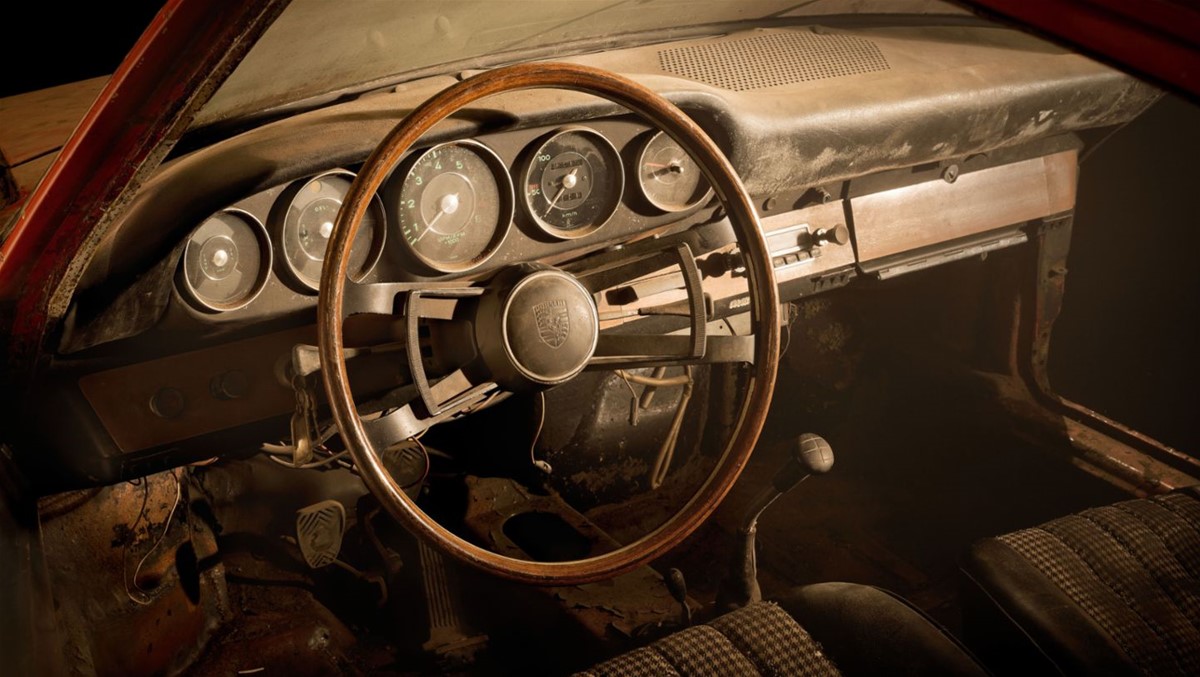

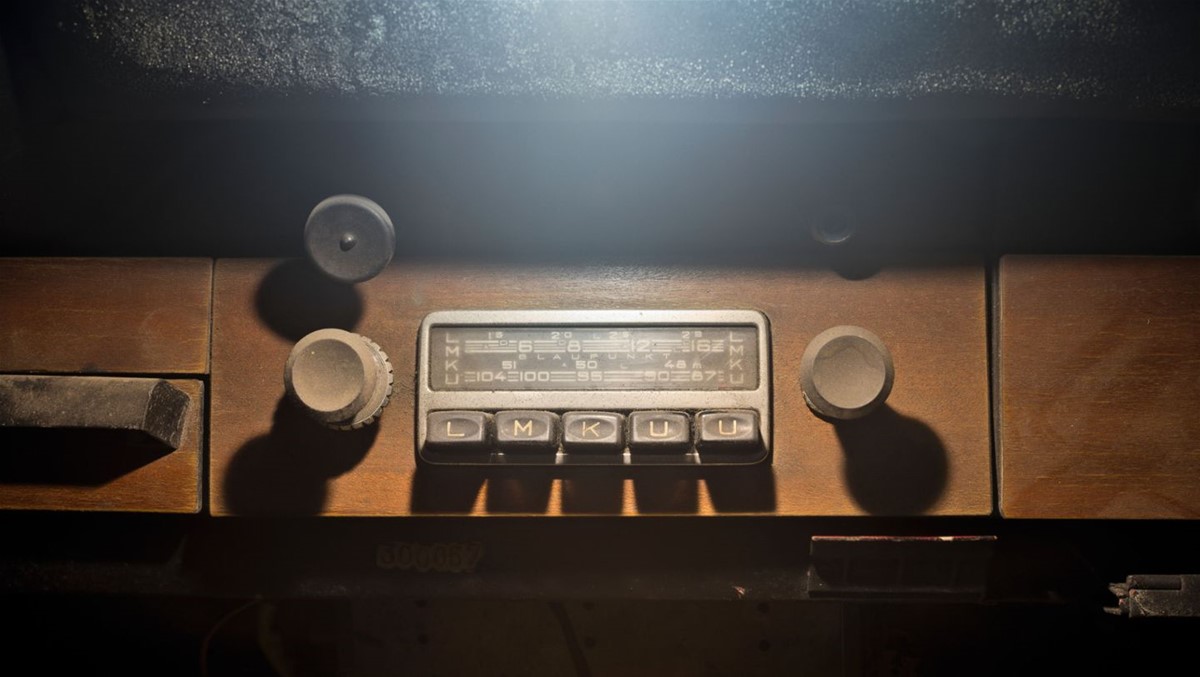
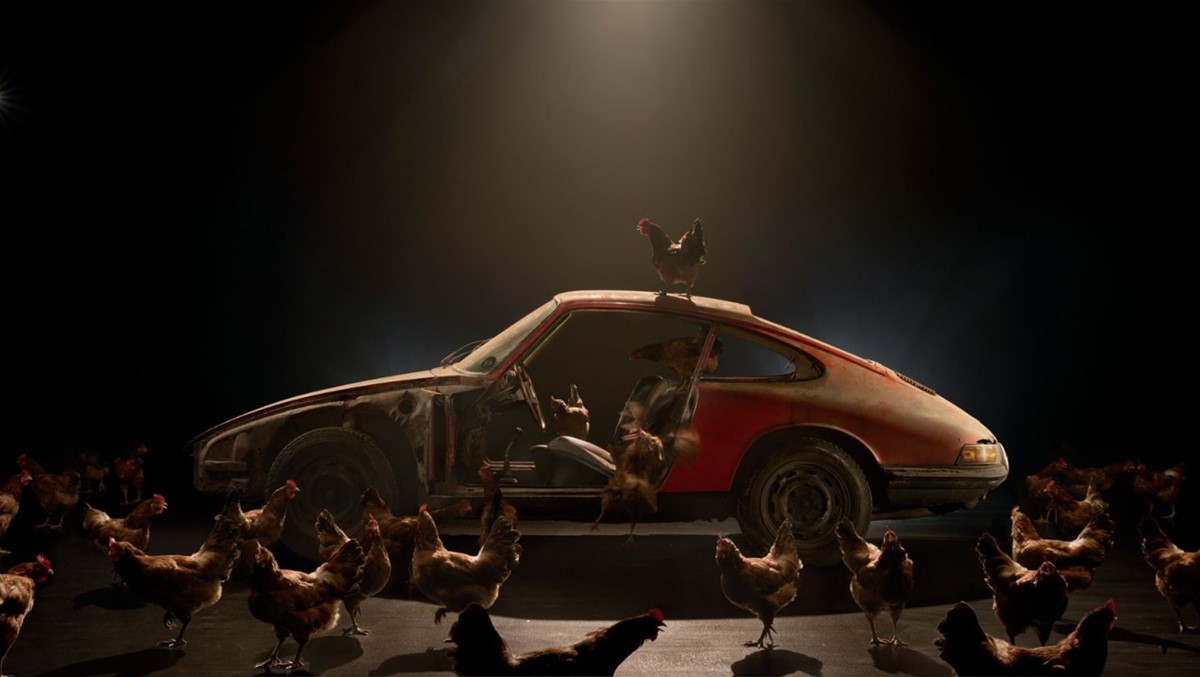

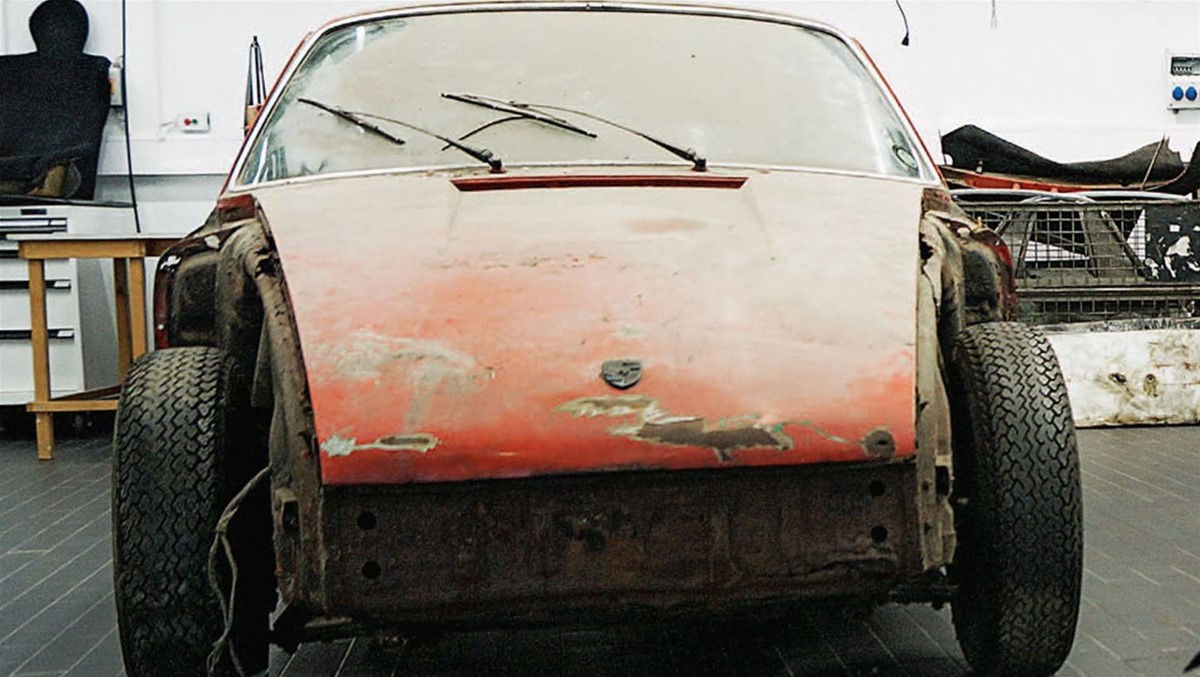

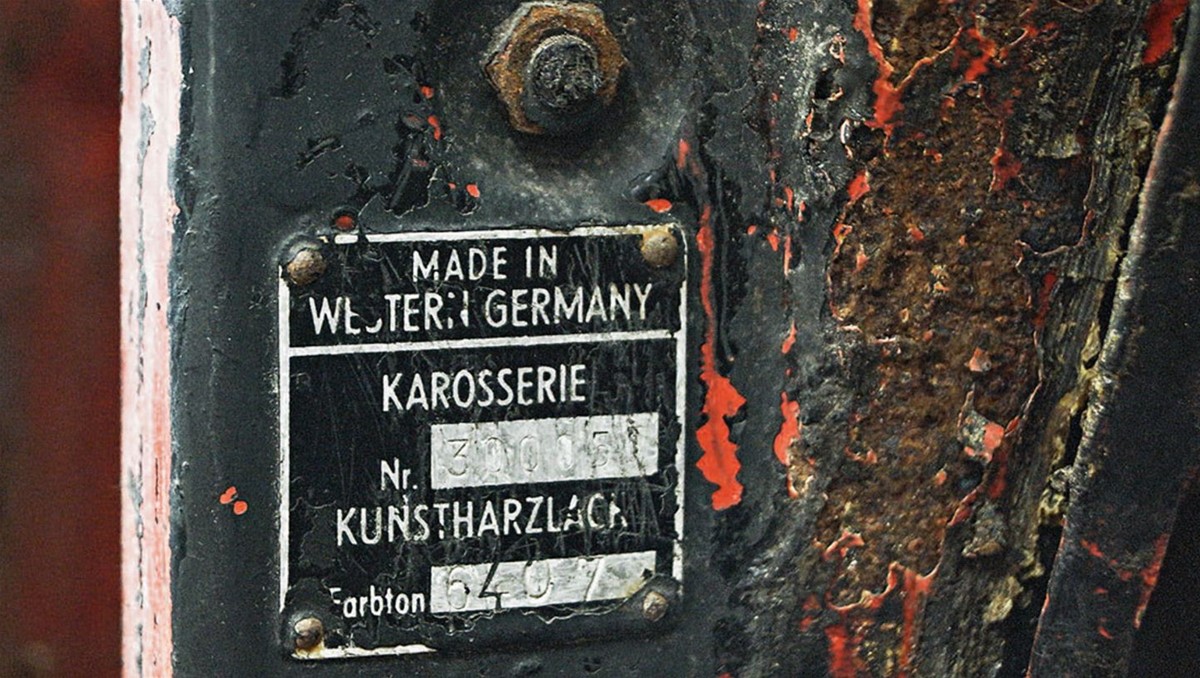
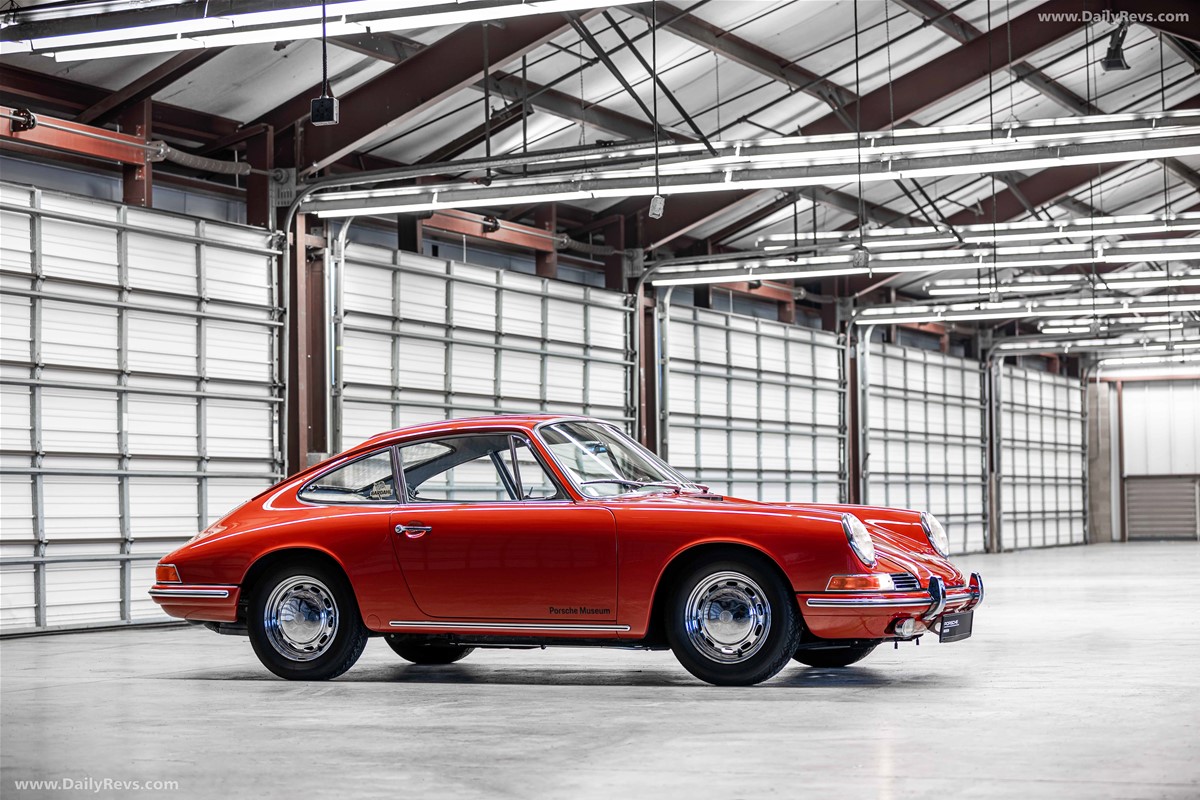
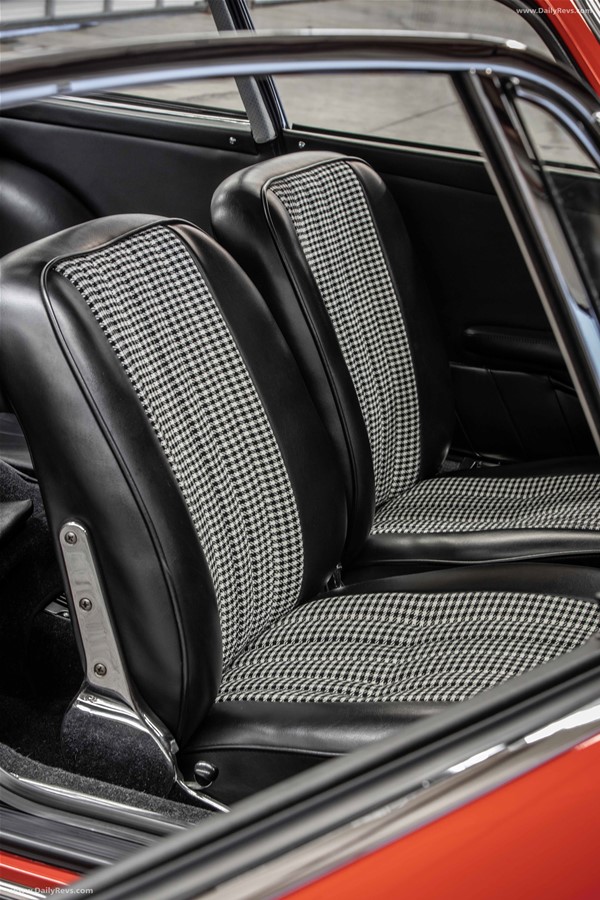
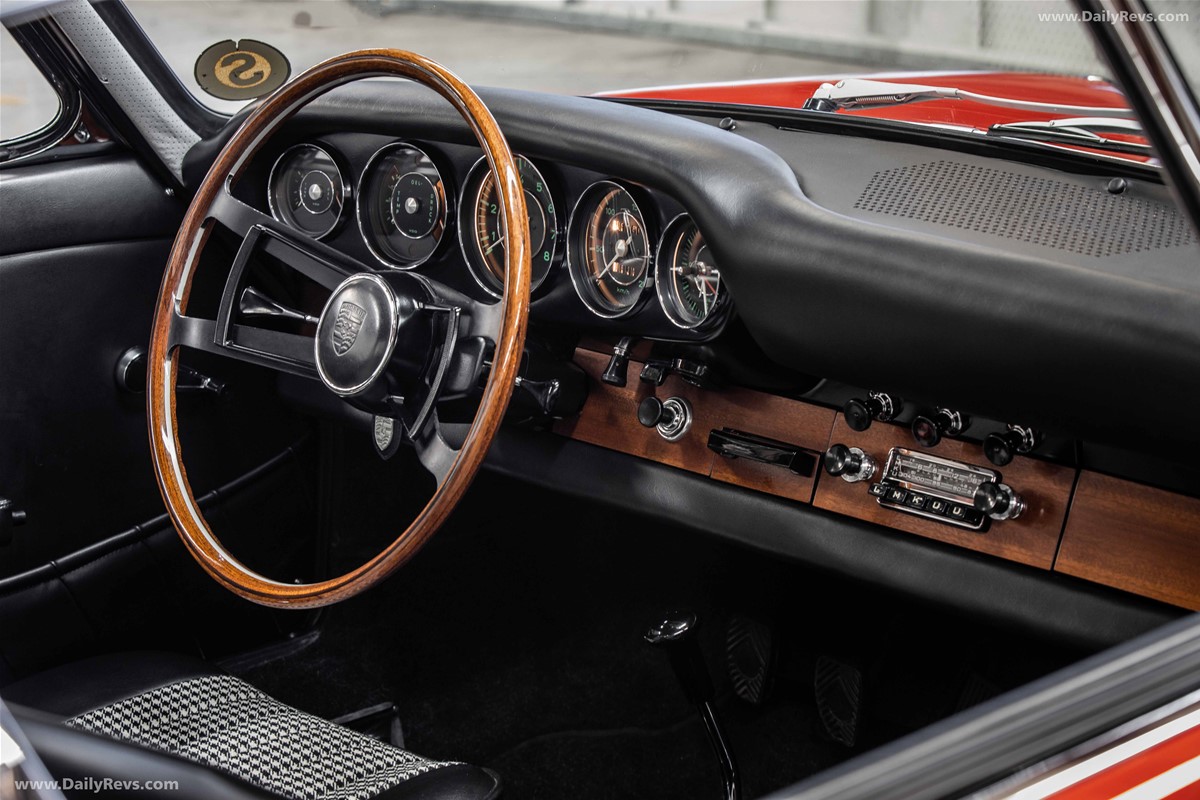
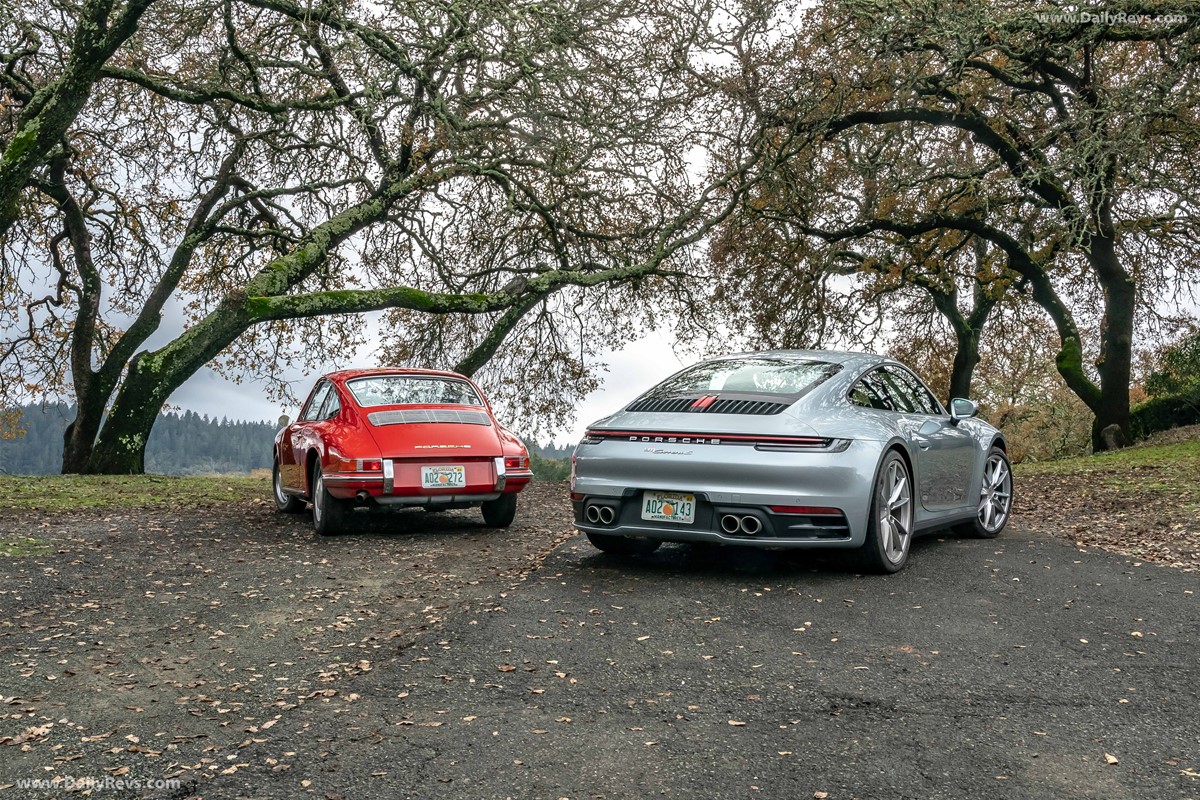
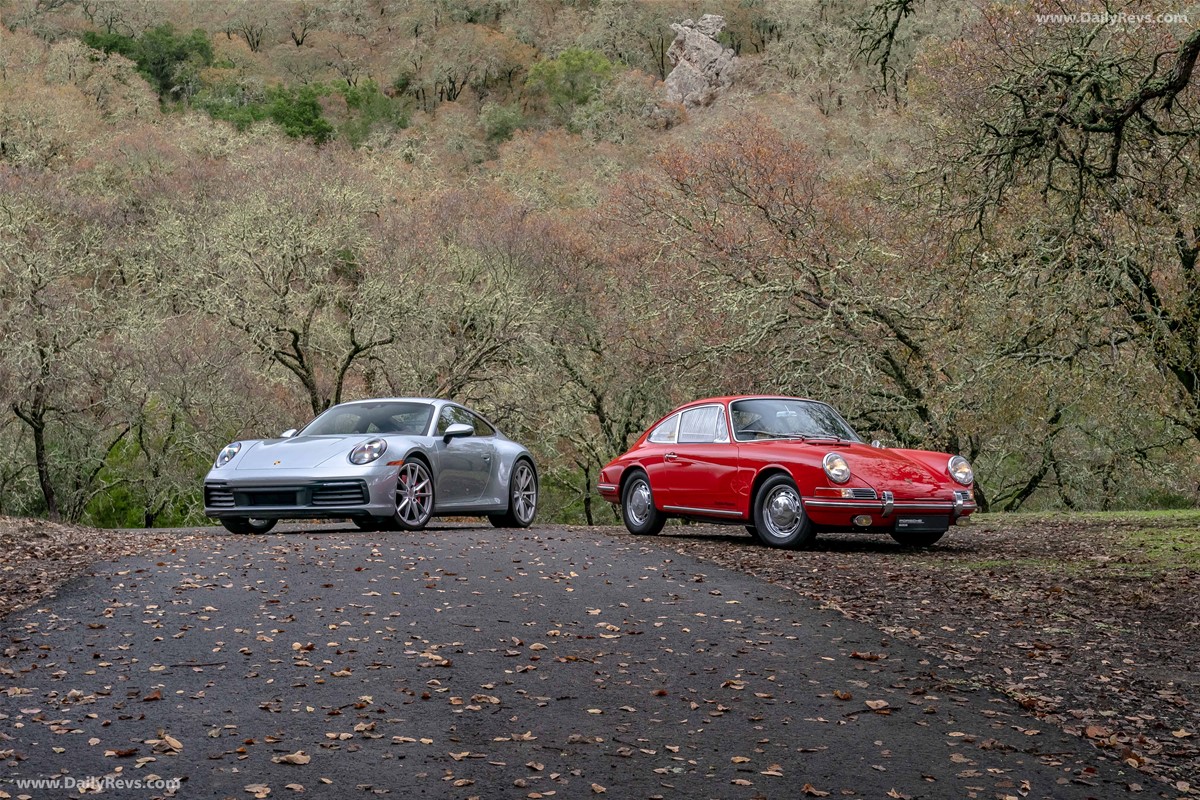


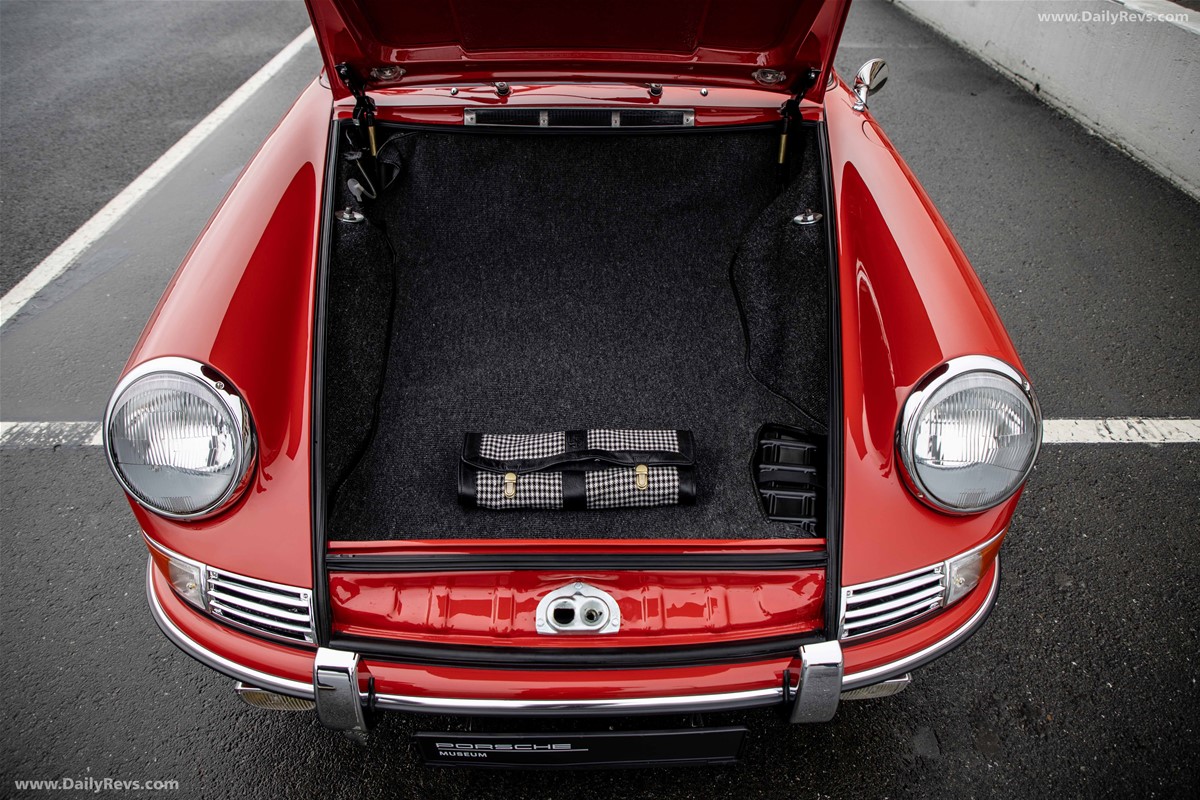
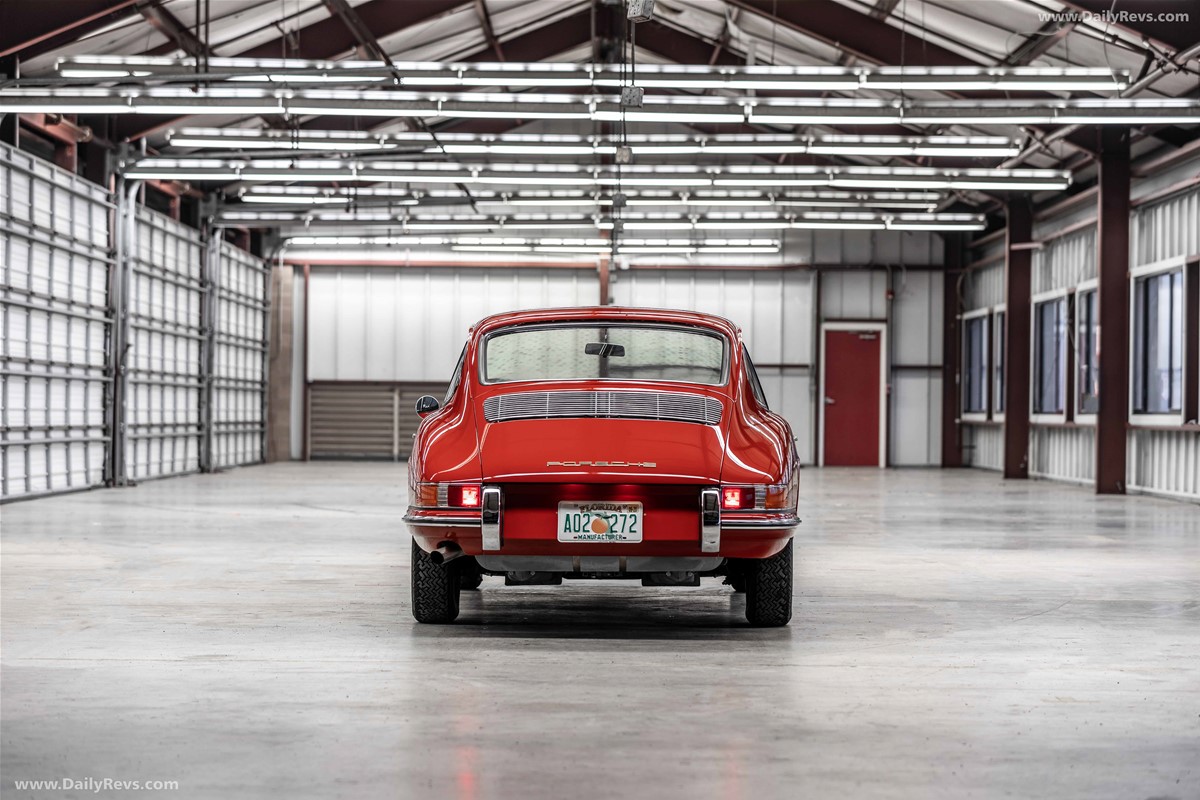
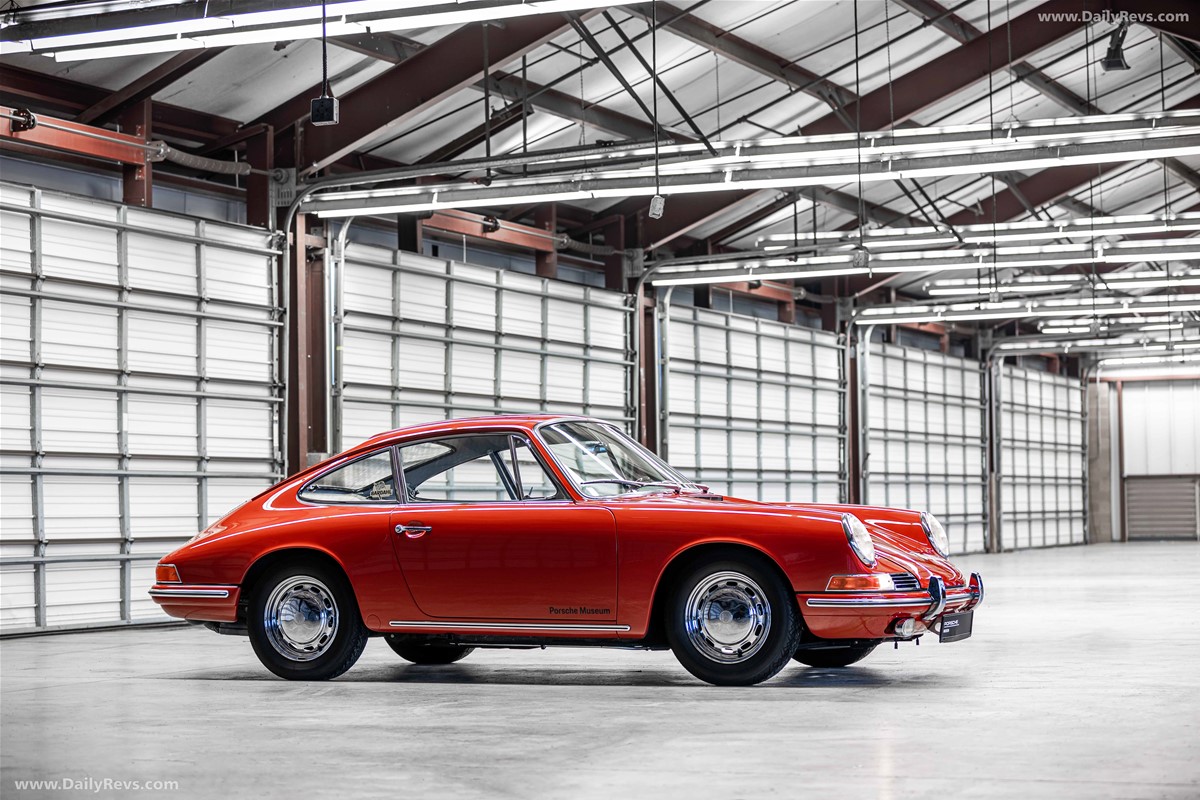

Other images:
Options
| Interior: | Skai Black - Pepita |
| Dealer: | Gottfried W. Schultz - Essen, Germany |
| Tires: | Dunlop 165-15 |
History
Owner
Add to favorites (members only)
As a member you can add any car to your personal favorites section.
Share this car.
Car url: www.porscheregister.com/300057
